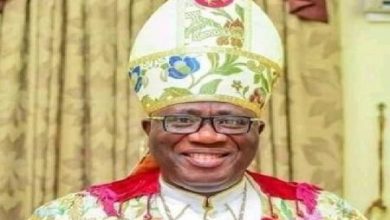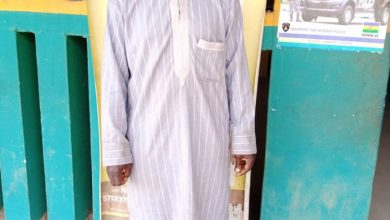
Ekiti state court jails 24-year old man over rape
A 24-year-old man, Dayo Asiwaju is to spend rest of his life in prison following his conviction by an Ekiti State High Court having found him guilty of raping a 200-level student of Economics/Political Education student of College of Education, Ikere-Ekiti.
Penpushing reports that, the judge, Justice Lekan Ogunmoye, while delivering judgment held that the prosecution has proved its case beyond reasonable doubt, and therefore ruled that the sole issue for determination is resolved in favour of the prosecution
“The sole issue for determination is resolved in favour of the prosecution. He is accordingly found guilty and sentenced to life imprisonment on count one for rape and on count two he is hereby sentenced to three years imprisonment, “he said.
Penpushing further reports that, the charge said Asiwaju committed the offence on March 29, 2019, when he used “charms” to rape the victim, while the prosecutor told the court that the offence contravened the provisions of sections 357 and 213(b) of the criminal code laws, C16 laws of Ekiti 2012.
The prosecution counsel, Dolapo Oyewole, called two witnesses and tendered statements of the convict, blood stained bedsheets and charms, among others,while the. defence counsel, Chris Omokhafe, did not call any witness.
FOOTNOTE: You want to share story with us? You want to advertise with us? You need publicity/live coverage for product, service, or event? Contact us on WhatsApp +2348073463653 or email penpushing@yahoo.com







